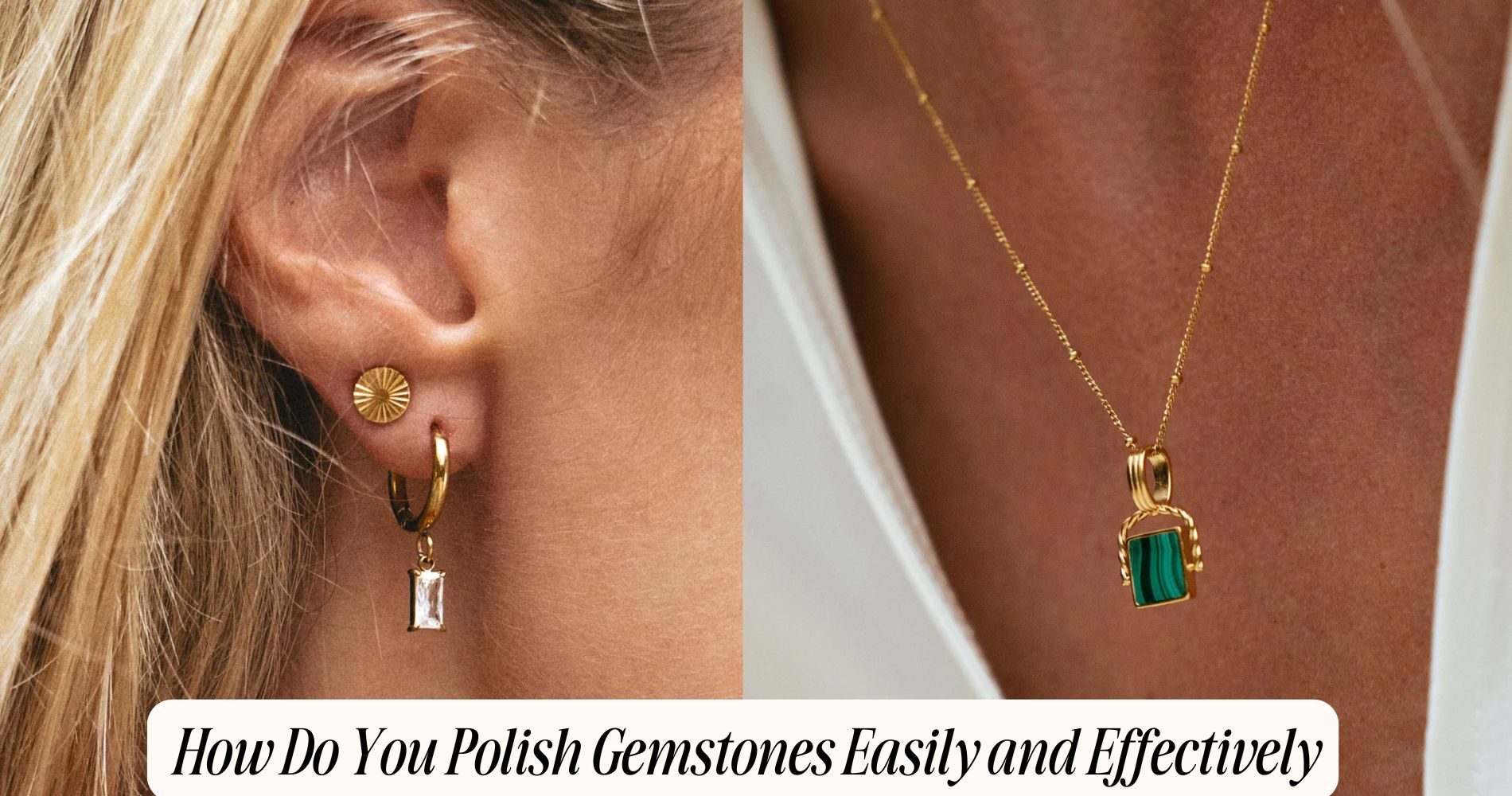
How Do You Polish Gemstones Easily and Effectively
How do you polish gemstones effectively? Start by identifying the type of stone and its hardness to determine the best approach. Using the right tools, such as a rotary tool and polishing compounds like cerium oxide, ensures a smooth finish. Clean your gemstones thoroughly with mild soap and soft brushes to remove any debris. For fine polishing, apply the compound evenly with felt wheels, using steady pressure in a circular motion. Always wear protective gear like goggles and masks for safety. Regular checks prevent over-polishing and help achieve the best results. If you love jewelry that stays beautiful with minimal upkeep, explore our Waterproof Jewelry collection for stylish, long-lasting pieces.
Understanding Gemstone Types
When exploring the world of gemstones, understanding the various types is essential for effective polishing. Each gemstone possesses unique characteristics, influencing the polishing process considerably.
For instance, the hardness of a gemstone, measured on the Mohs scale, determines the abrasives you'll need. Softer stones, like talc, require gentler techniques to avoid damage, while harder stones, such as diamond, can withstand more aggressive polishing methods.
Additionally, you should consider factors like clarity, color, and cut, as these can affect how a gemstone responds to polishing. By recognizing these gemstone characteristics and the associated hardness, you can tailor your approach, ensuring you achieve the best possible finish while preserving the integrity of your gemstones.
Essential Tools for Polishing
To achieve a high-quality polish on gemstones, you'll need the right tools tailored to the specific type of stone you're working with.
Essential polishing equipment includes a rotary tool, which allows for precise control and efficient work. Pair this with various polishing compounds, such as cerium oxide for quartz and aluminum oxide for harder stones.
A selection of polishing pads is also vital; softer pads are ideal for delicate stones, while firmer pads work well with tougher materials.
Don't forget protective gear, like goggles and dust masks, to guarantee your safety during the polishing process.
Preparing Your Gemstones
After gathering the right tools, the next step is preparing your gemstones for polishing.
Start with thorough gemstone cleaning to remove any dirt, oil, or residue. Use a soft brush and mild soap to guarantee the surface is free from contaminants that could interfere with the polishing process.
Following cleaning, conduct a detailed surface inspection. Look for scratches, cracks, or inclusions that may affect the final result. Address any significant imperfections before you begin polishing, as they can become more pronounced during the process.
Basic Polishing Techniques
Polishing gemstones requires a systematic approach to achieve the desired shine and clarity. Start by selecting the appropriate polishing compounds based on the type of gemstone you're working with; softer stones need gentler compounds, while harder stones can withstand more aggressive options.
Next, choose the right polishing wheels—felt wheels are great for fine polishing, while rubber wheels can help with initial shaping.
Apply the polishing compound evenly to the wheel, and maintain a steady pressure while moving the gemstone in a consistent, circular motion. This will help distribute the compound evenly across the surface.
Regularly check your progress to avoid over-polishing, which can lead to unwanted scratches. Following these basic techniques will help you achieve a brilliant finish on your gemstones.
Advanced Polishing Methods
While basic polishing techniques lay a solid foundation, advanced polishing methods can elevate your gemstone finishing to an exceptional level.
By employing specialized lapidary techniques, you can achieve a mirror-like shine that enhances the stone's natural beauty. Start with a series of progressively finer grits, moving from coarse to ultra-fine, to refine the surface effectively.
Utilize high-quality polishing compounds designed for specific gemstones; for example, cerium oxide works well for quartz, while tin oxide is ideal for softer stones. Experimenting with different compounds allows you to find the perfect match for your gem's material.
Incorporating these advanced methods not only improves your results but also deepens your understanding of gemology, ultimately leading to more satisfying polishing outcomes.
Safety Precautions to Consider
Before you begin polishing gemstones, it's important to prioritize safety to prevent accidents and injuries.
Start by wearing protective gear, such as safety goggles and gloves, to shield yourself from flying debris and sharp edges. A dust mask is also advisable, especially when working with materials that create fine particles.
Confirm your workspace safety by keeping your area organized and free of clutter, which minimizes the risk of trips and falls. Use a sturdy workbench and secure your gemstones properly to avoid slips during the polishing process.
Finally, be aware of your surroundings and avoid distractions, as focus is vital when handling tools and equipment.
Common Mistakes to Avoid
Many novice gem polishers encounter pitfalls that can hinder their results and even damage their stones. One of the most common oversights isn't selecting the right polishing techniques for specific gemstones. Each stone has unique properties requiring tailored approaches.
Skipping essential steps, like proper cleaning before polishing, can also lead to poor outcomes. Additionally, rushing the process can result in uneven surfaces and scratches.
It's vital to use appropriate tools and materials—using too coarse of a grit can ruin your work. Finally, neglecting to test your method on a small area first can spell disaster for your entire project.
Maintaining Your Polished Gemstones
After successfully polishing your gemstones, maintaining their luster becomes paramount. To do this effectively, adopt proper cleaning methods. Use a soft, lint-free cloth to wipe away dust and oils, and avoid harsh chemicals that can damage the surface.
For deeper cleaning, consider a gentle soapy solution, rinsing thoroughly before drying.
Equally important are your storage solutions. Store your polished gemstones in individual pouches or compartments to prevent scratches and friction. Avoid exposing them to direct sunlight or humidity, as these can dull their shine.
Regularly inspect your gemstones for signs of wear, and promptly address any issues to keep them looking their best. By implementing these practices, you'll preserve the beauty and brilliance of your polished gemstones for years to come.
Tips for Stunning Results
While achieving stunning results in gemstone polishing may seem challenging, following a systematic approach can lead to impressive outcomes.
Start by selecting the right grit sizes for your initial grinding and gradually move to finer grits, ensuring a smooth surface. Once you've achieved a satisfactory polish, apply the finishing touches with a soft cloth and a polishing compound suited for your gemstone type. This step enhances the stone's aesthetic appeal, revealing its true beauty.
Consistent pressure and careful movements during polishing can prevent scratches and uneven surfaces. Finally, always clean your gemstones thoroughly between stages to avoid contamination and achieve that perfect shine.
With patience and attention to detail, you'll create truly breathtaking polished gems.
Frequently Asked Questions
How Long Does the Polishing Process Usually Take?
The polishing process varies based on polishing techniques and time factors. Typically, it can take anywhere from a few hours to several days, depending on the gemstone's hardness and the desired finish you're aiming for.
Can I Polish Gemstones at Home Without Professional Help?
Yes, you can polish gemstones at home without professional help. With proper techniques and tools, you'll guarantee effective home polishing while maintaining gemstone care. Just remember to follow guidelines to avoid damaging your precious stones.
What Types of Gemstones Are Best for Beginners?
For beginners, consider softer stones like rose quartz, amethyst, or lapis lazuli. These beginner gemstones are easier to polish and require less experience, making them ideal for honing your skills in easy polishing techniques.
Is It Necessary to Use a Specific Polishing Compound?
It isn't strictly necessary to use a specific polishing compound, but choosing the right one enhances your polishing techniques and guarantees ideal gemstone care. Tailoring your approach can greatly improve the final appearance of your gemstones.
How Can I Tell if a Gemstone Is Polished Correctly?
To determine if a gemstone's polished correctly, conduct a clarity assessment and perform a surface evaluation. Look for uniform shine and absence of scratches, ensuring light reflects beautifully, indicating a high-quality polish.
Conclusion
To sum up, polishing gemstones can be both accessible and rewarding when you follow the right techniques and precautions. By understanding your gemstones, using the essential tools, and applying effective methods, you can achieve stunning results. Remember to avoid common mistakes and maintain your polished pieces to preserve their beauty. With practice and patience, you'll elevate your skills and enjoy the satisfaction of transforming raw stones into dazzling treasures. So, get started and let your creativity shine!








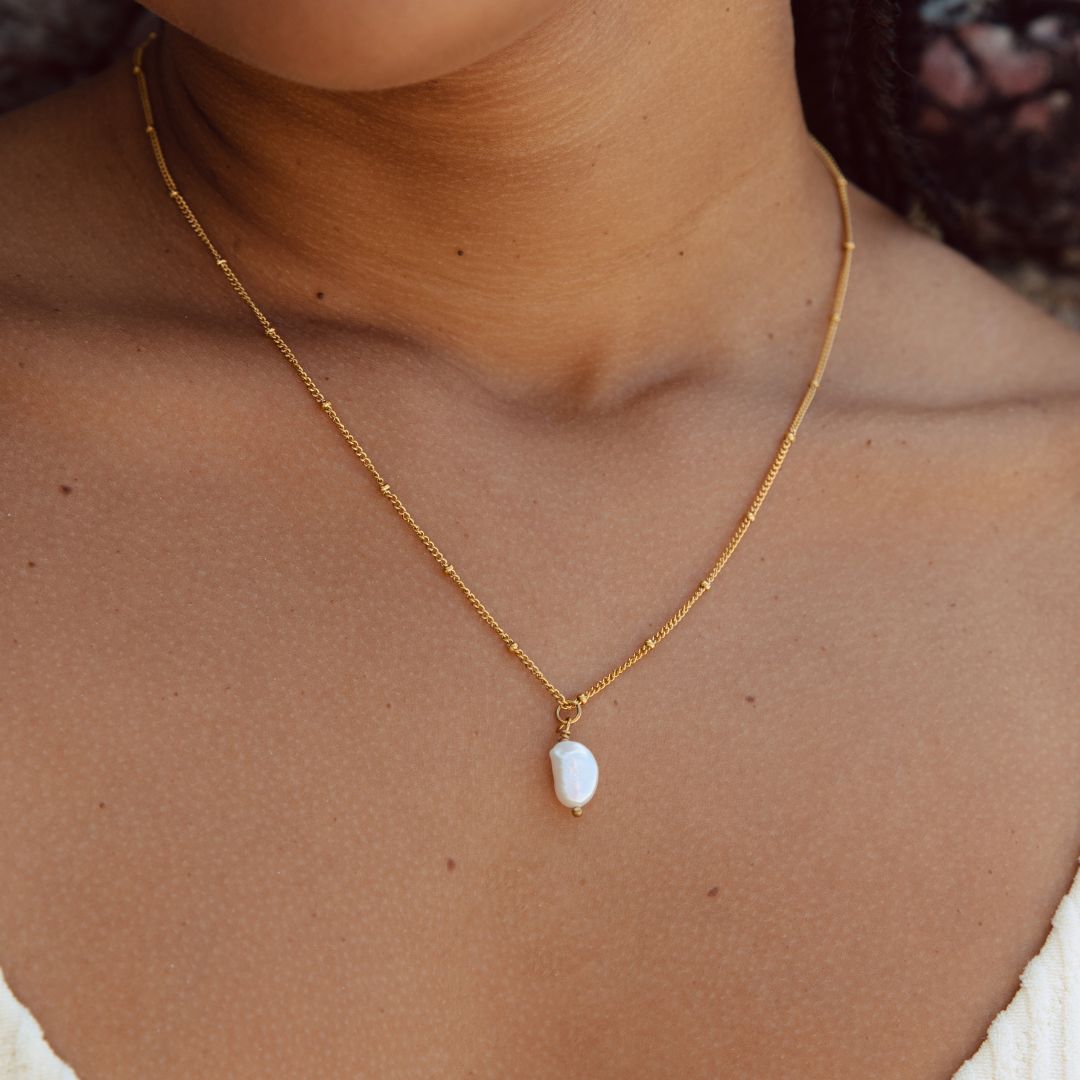

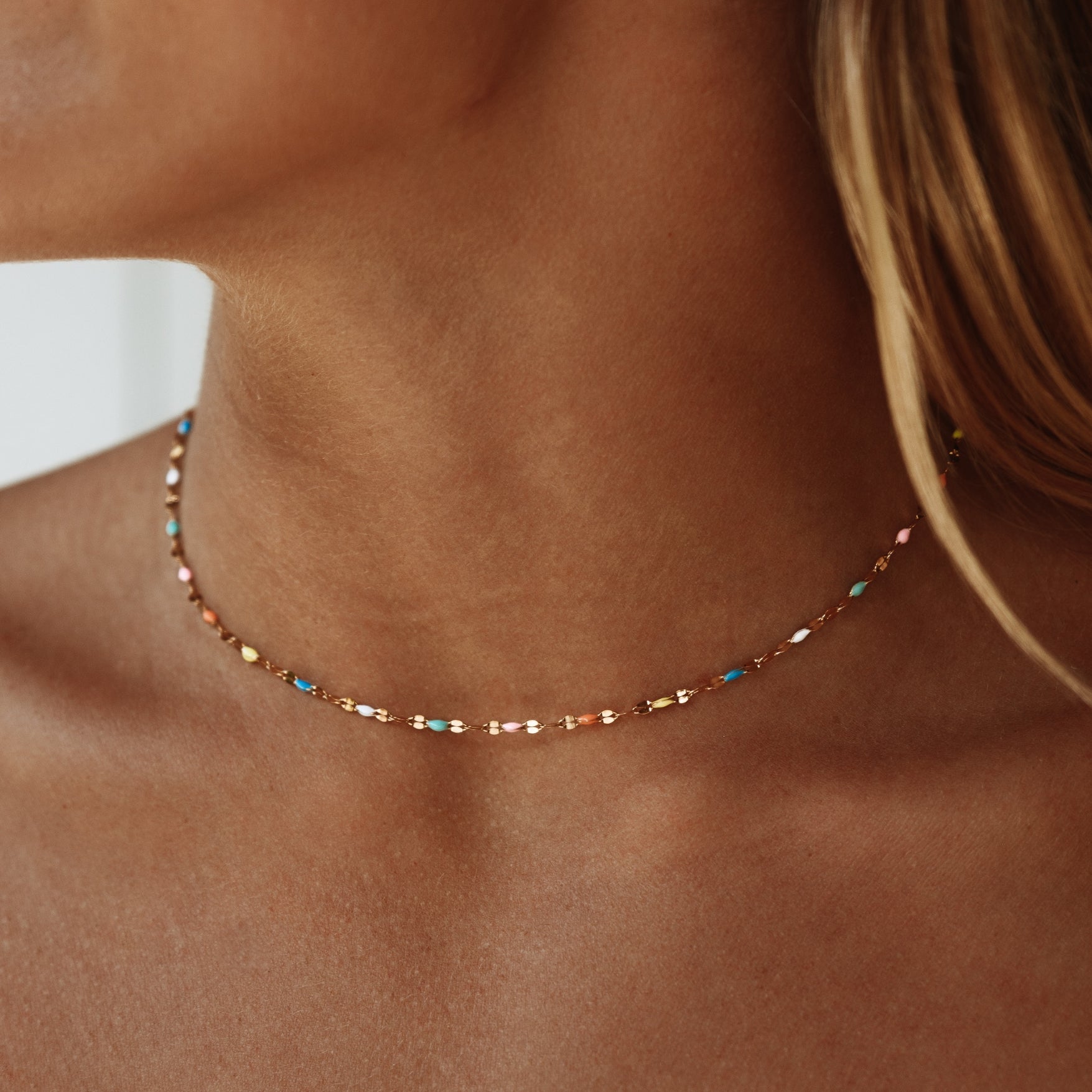


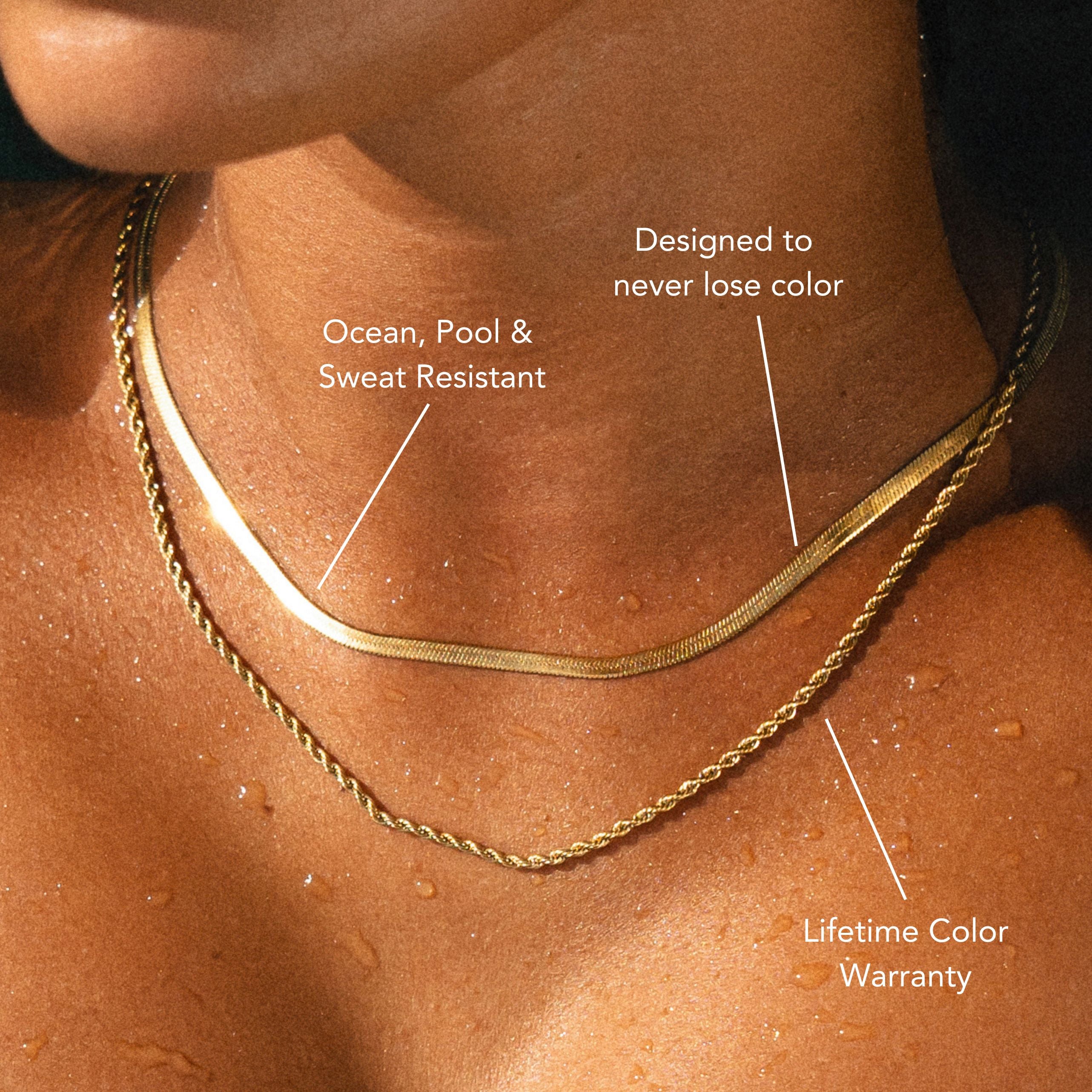
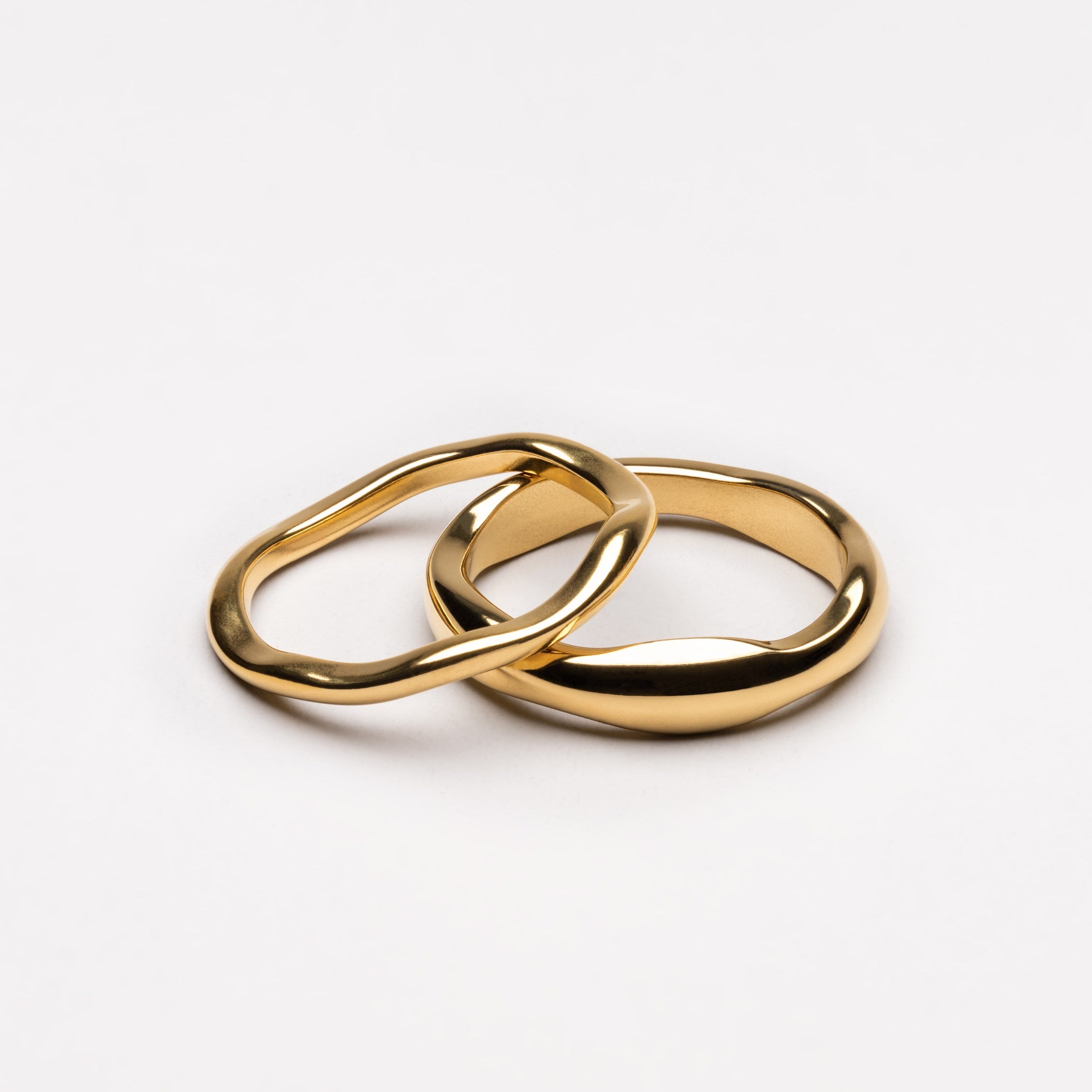


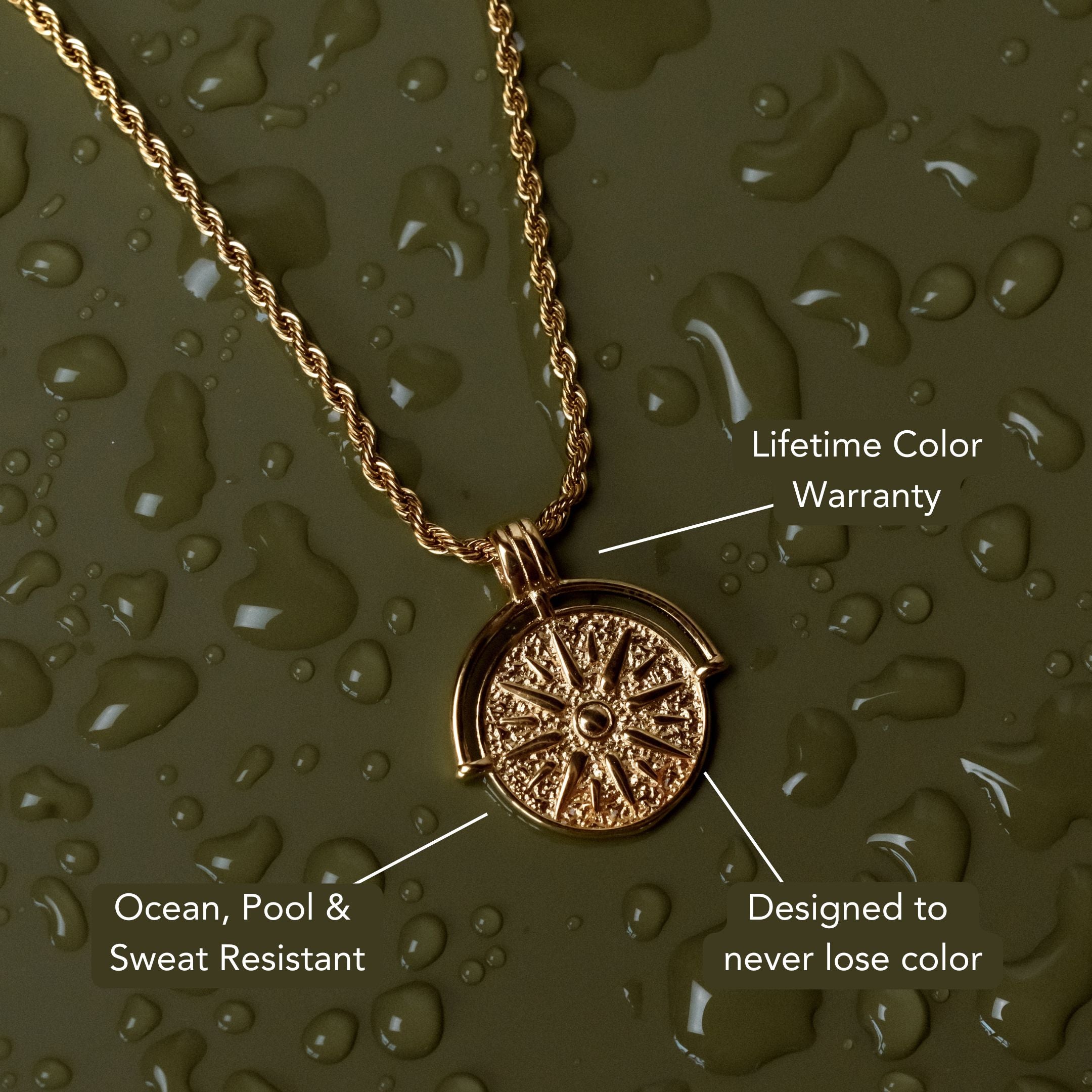

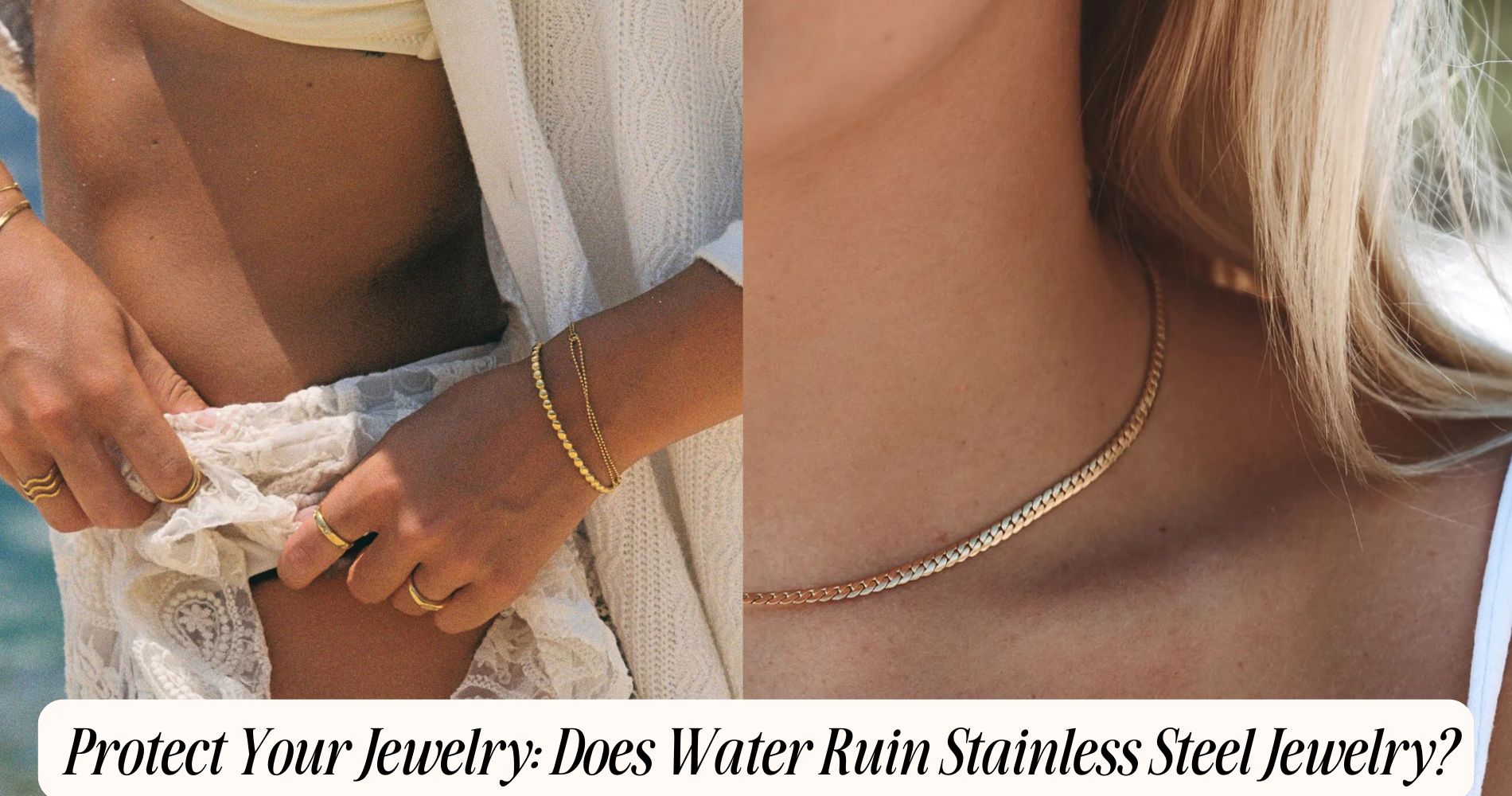




Leave a comment
This site is protected by hCaptcha and the hCaptcha Privacy Policy and Terms of Service apply.